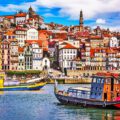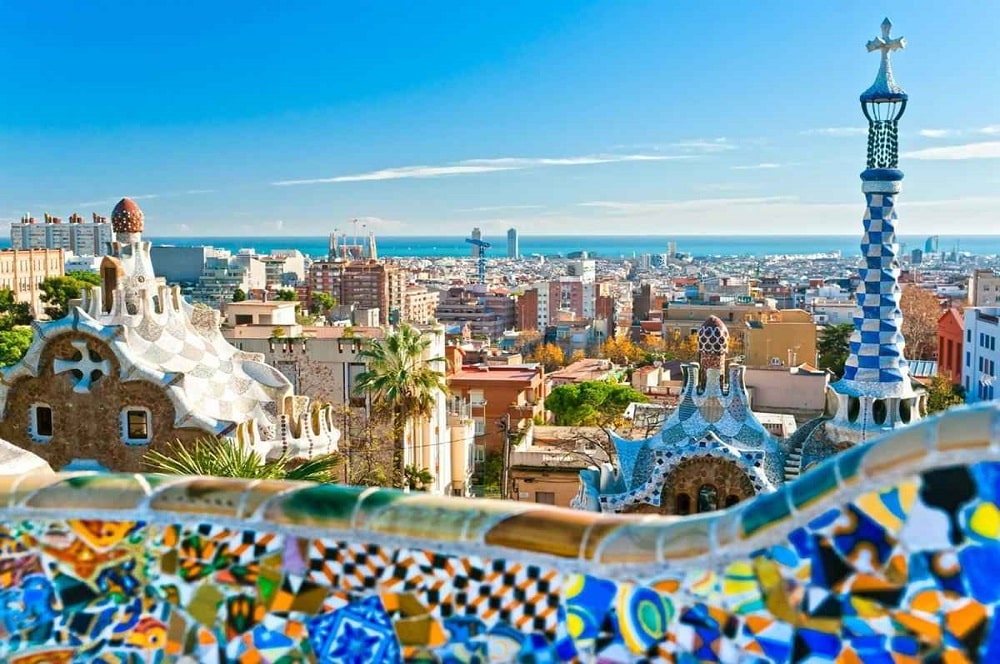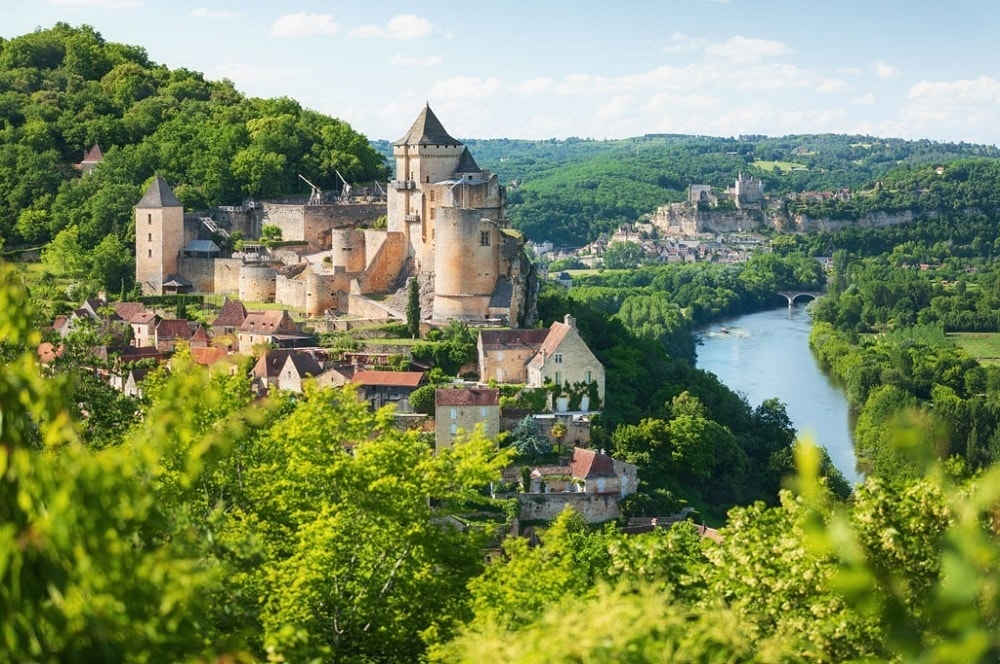Porto is Portugal’s second-largest city after Lisbon, the capital of the southwestern European country, and is located in the north of the country. In English sources, the name of the city is also referred to as Oporto. The world-famous Port wine owes its fame to grapes collected from the Douro region in northern Portugal.
Wine has been made from Douro grapes since the 13th century. Two structures that have become symbols of Porto are steel bridges. These are the Dom Luis I Bridge built by the Belgian engineer Seyrig and the French engineer Gustave Eiffel, and the Maria Pia Bridge, which crosses the railway. Porto Stock Exchange, one of the world’s first stock exchanges, was opened in 1834.
The foundation of Porto coincides with the Roman Empire period in the 4th century. Since then, Porto has been used as a commercial port. The Iberian Peninsula, where today’s Portugal and Spain are located, was captured by Muslim North Africans, that is, Moros, in 711.
However, unlike the rest of the peninsula, the occupation in northern Portugal does not last long and Vimara Peres, appointed by Alfonso, saves the periphery of the Douro River, hence Porto, from Muslim rule in 868. The name of the city at that time was Portus Cale. The Reconquista of the entire Iberian Peninsula by Catholics (Reconquista) will continue until 1492.
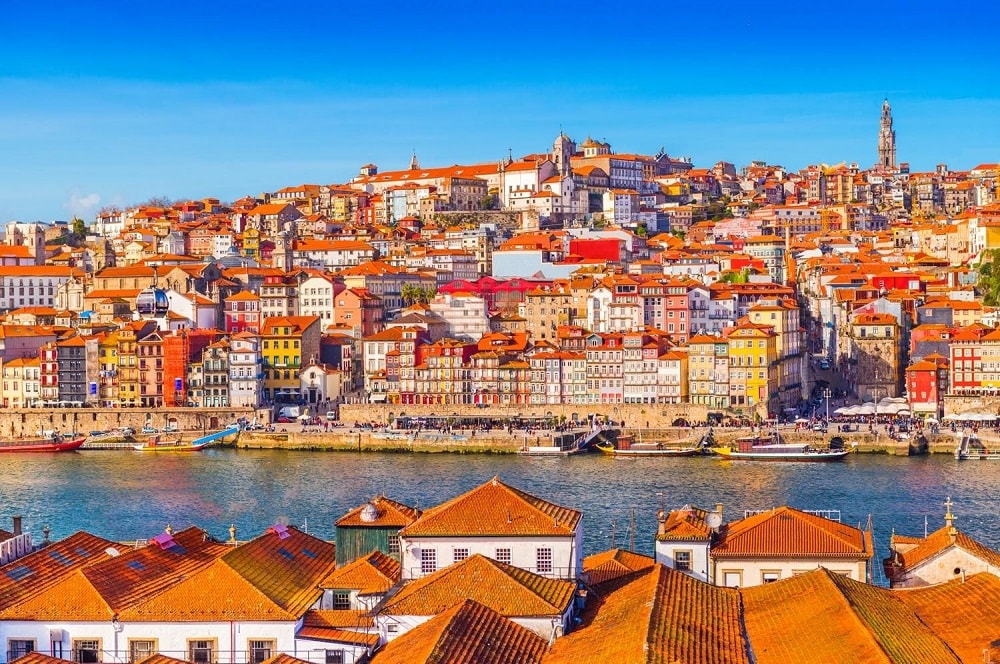
The foundations of Portugal’s being an independent kingdom from the Spaniards were laid in 1095 when the daughter of the Spanish king Alfonso gave the Portuguese lands as a wedding gift while marrying the Duke of Burgundy, Enrique. By 1387, there will be a wedding in Porto that will determine the political and military relations in the next centuries. This wedding is the wedding of King João I and Philippa of Lancaster. Philippa is now Queen of Portugal.
With this marriage, Portugal and England establish friendly relations that will last for centuries. The ships built in the shipyards in Porto during the 14th and 15th centuries were decisive not only in Portugal’s defense from the sea but also in its geographical discoveries. In 1415, the Porto-born son of João I, “the explorer Enrique”, captured the city of Ceuta in North Africa with one of these ships. This is Portugal’s first overseas occupation. Tripas à Moda do Porto, which is identified with Portuguese cuisine today, originated in this city.
He also tries to find India by traveling around Africa with these ships. England and Portugal in 1703; He will strengthen their friendship by signing the Treaty of Methuen. This treaty stipulates that woolen clothing made in England will be put on the Portuguese market with tax exemption. In return, there will be no tax on port wine in England. On the other hand, the fact that Britain is at war with France causes them to be deprived of French wine, and that’s how the rise of Port wine begins. In time, imports were not satisfied and the British began to produce this wine.
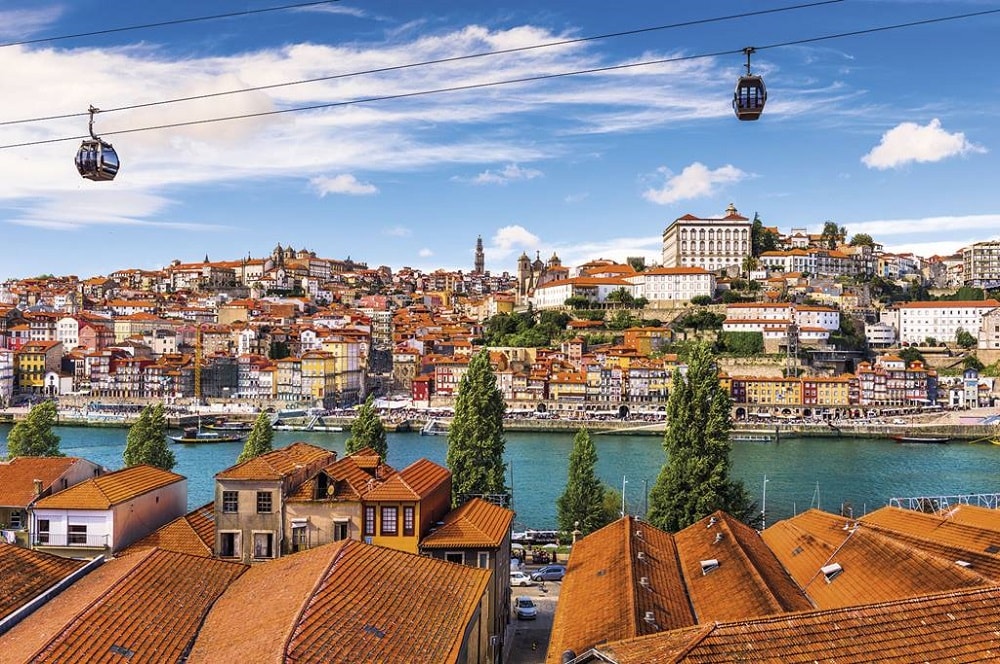
In the 18th and 19th centuries, the city of Porto made itself known with its industrial breakthroughs. Because during the 17th century, profits from wine exports were invested in the industry. Realizing more industrial production than its population required, Porto falls under the control of the French troops loyal to Napoleon as a result of the 1st Battle of Porto in the spring of 1809. King of Portugal VI. João was exiled to Brazil, which was then a Portuguese colony.
The people of Porto flocked to the bridge to escape from the French soldiers and wanted to cross the river, but when the bridge collapsed, which could not bear the load, a disaster occurred and 6,000 people disappeared. In the 2nd Battle of Porto, the Portuguese army repels the French from the city with the help of the British. When the country is cleared of invaders, the king returns from Brazil, with the demand of the people. However, the people also demand a constitutional monarchy. The new regime came into force in 1822, but it lasts 6 years.
Civil war breaks out when the new king Miguel restores absolute monarchy in 1828. Porto leads the rebels in the civil war. Almost all of its population is against the king. It goes down in history as the only city that the pro-king armed forces could not bring down. Finally, in 1910, Portugal was declared a republic.
Porto is one of the most beautiful southern European cities you can see. With its deep-rooted and colorful history, it will instantly impress you. To visit the historical buildings, to get lost in the streets, to sip its famous wine, to taste its delicious food, to buy traditional products to be a memory, to immortalize your trip by taking plenty of photos, to admire the view of the Douro River and the Atlantic Ocean, to Porto at the first opportunity. we recommend you to go.
We have a lot to learn from the Portuguese who live life to the fullest and without taking it seriously, who protect their culture and history as much as they enjoy the moment and protect them like their eyes.
